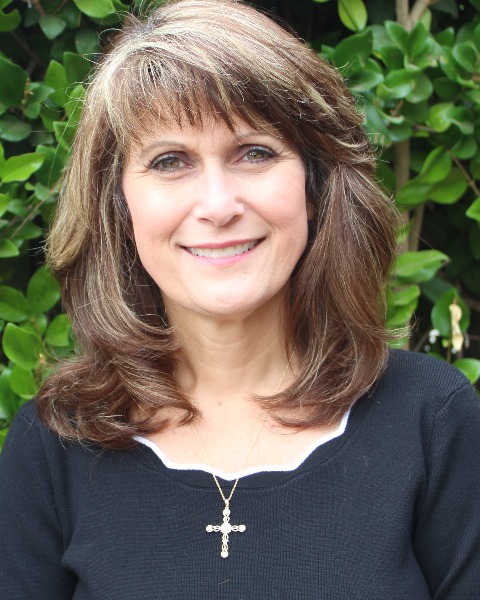Education
(38) Implementation of a Clinical Decision Support System using Virtual Reality
Wednesday, June 14, 2023
5:00 PM - 6:30 PM EDT

Connie Kunkler, DNP
Dr. Connie Kunkler
Mount San Antonio College
San Dimas, California, United States
Lead Author(s)
Disclosure(s):
Connie Kunkler, DNP: No financial relationships to disclose
Methods: The Simulation Evaluation Tool-Modified evaluated how well simulation met learning outcomes, communication skills, and self-perception on ability to communicate. The System Usability Scale evaluated the usability of the VR technology. Aims were to develop a 3D immersive clinical decision scenario using a VR platform to assess acceptance of new technology and measure communication skills. The purpose is to aid in resolving issues with the need for hands-on skills and for improving the student’s ability to appropriately interact with clients.
Results: Eighty-four percent of students agreed that the VR software was easy to use. Ninety-six percent of students felt more confident in clinical decision and communication skills with the patient. Implementation of the VR was feasible and acceptable to students.
DISCUSSION/
Conclusion: Results demonstrated that the use of VR simulation can help bridge the gap between lack of clinical sites and opportunities to practice skills. VR simulation is a valuable tool for students to practice required clinical skills and enhance their self-efficacy, ultimately allowing them to transfer these skills when interacting with patients in a live setting, significantly affecting client outcomes.
Learning Objectives:
- Upon completion, participants will be able to identify reasons and opportunities for integrating VR simulation into the curriculum.
- Upon completion, participants will be able to state the process for designing and creating VR scenarios to increase hands-on and communication skills.
- Upon completion, the participants will be able to describe the student learning experience in the 3D virtual environment.
- Upon completion, the participants will be able to explore the relationship between the theoretical frameworks and evaluation methods.
